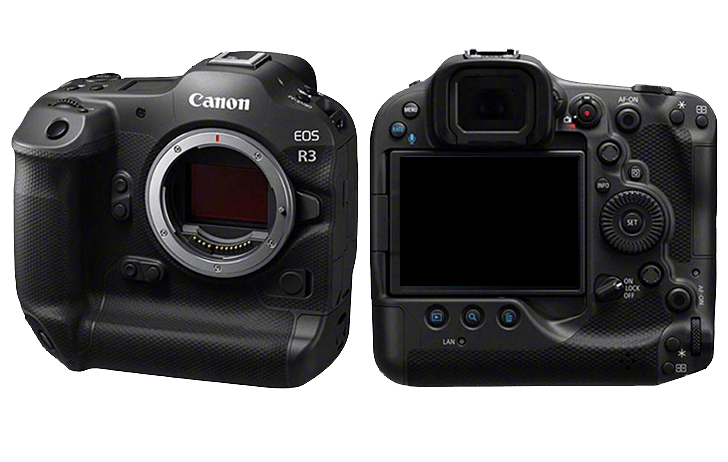Bryan at The-Digital-Picture has completed his review of the Canon EOS R3. Canon's latest full-frame mirrorless camera which began shipping last week.
Bryan's closing thoughts
With each new high-end camera iteration, it becomes more difficult to be happy with the newfound annoyances (additional steps or efforts required to get the same job done) of the older models, and the R3 brings out those inadequacies of the other models. The R3 has professional-grade build quality combined with arguably the best AF system ever placed in an interchangeable lens camera. The Eye Control AF, subject detection and tracking performance, Smart Controllers, and a myriad of other features give this camera a review-time advantage over all other models.
The performance of the Canon EOS R3 suggests flagship 1-series membership, and selecting the R3 over the 1D X Mark III is an easy choice. That the R3 is a 3-series model suggests that Canon has an even more impressive (and more expensive) model coming in the future. Read the full review


The entire point of shooting in RAW is to do that type of thing ourselves
Note that there are a couple of workarounds to achieve the same ends. The way to get a RAW file is to use Canon's multiple exposure feature and set the exposure control method to Average – that lets you take up to 9 exposures to combine (which would give better NR than the 4 exposures of MSNR). Another is to simply take multiple, successive exposures and combine them in Photoshop (overlay them and adjust the opacity to equally weight them (i.e. opacity = 100/image number, so the bottom image is 100% opacity, the second is 50% opacity, the 3rd is 33%, 4th is 25%, etc.).
IPB Lite can record more than a day of 4K video
Bryan starts saying the R3 focuses very fast, and then goes on rambling about the R5 vs the venerable 5DsR. Maybe this is a left-over from his R5 review?
Did I miss anything about the 5DsR being the uber-reference for fast focusing? Didn't the 5DsR have the same focus system as the 5D3? - the 1Dx focus system is vastly better than the 5D3 focus in my experience.
Edit: Bryan has now updated the above paragraph to:
_Brian
I have been doing this for years to reduce noise and to create composite images.
You can then output the result as a TIF based RAW file and do whatever superior manipulations you'd like. Personally, after seeing so many PS experts do their magic there is very little I have seen those experts can't match or better so getting any result you desire is really more a matter of skill and knowledge. I learnt this long ago when a Canadian based PS retouching/finishing pro asked to retouch one of my images, the result was so far beyond anything I was then capable of.
After a quick internet search I could find no reliable source that claimed that the Raw processing in ACR is any different than Lightroom. But, I found several good sources that said that it is the same Raw processing. The interfaces are different and Lightroom offers file management, but in terms of actually processing Raw images, I believe they are the same. I would also note that every time Adobe updates Lightroom with a new feature, they also add that feature to Camera Raw. The latest example being the masking tools that were recently added.
Please cite your source.
I’d use the super resolution function in PS, or something similar, but then the argument becomes you can do the same to an R5. Only you can decide what ‘enough’ is.
Studio shot comparison: Digital Photography Review